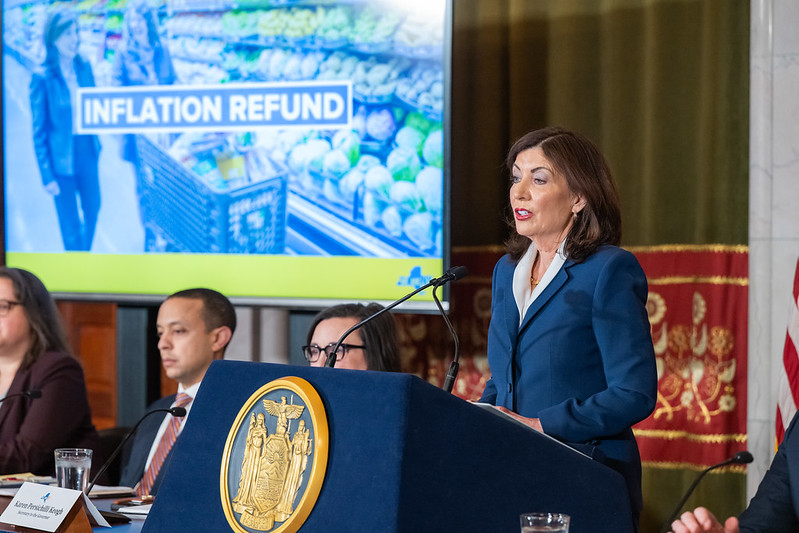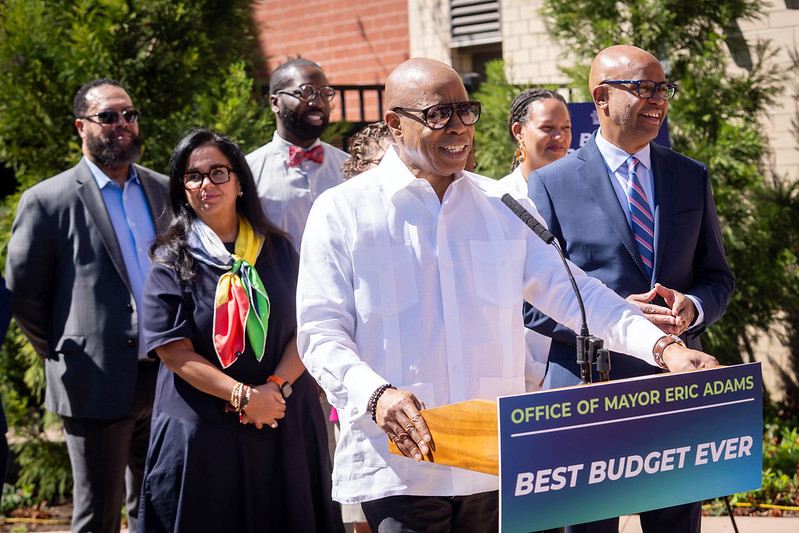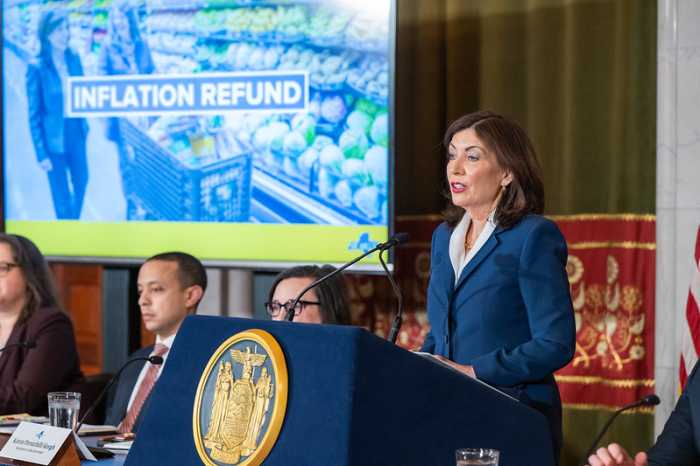Reports on Con Edison’s efforts to replace the city’s increasingly outdated infrastructure state that the utility company is lagging behind estimations on a number of different projects.
Cast iron pipes, which carry gas underneath the city, but are dangerous due to their being highly prone to corrosion and leaks, are being replaced at a rate which would take Con Edison until 2070 to finish, at the current rate of work, according City Councilmember Eric Gioia, who represents areas of western Queens.
On November 21, 2007, a gas explosion killed a woman in Sunnyside, and the pipe, which was over 90 years old, had cracked releasing the gas it was carrying.
Gioia found that despite a 1991 federal directive to replace cast iron piping, an estimated 2,500 miles of it remain beneath New York City.
“Con Ed’s failure to seriously heed federal warnings and replace dangerously outdated infrastructure is a danger to its workers and to the public at large,” Gioia said.
Meanwhile, the City Council’s Transportation Committee held an oversight hearing on Jan. 24 to review Con Edison’s and the city’s progress on detecting and preventing the presence of stray voltage.
In its report, Con Edison stated there was a 78 percent drop in the number of electric shocks from 2004 to 2007. However, the report failed to mention that the number of stray voltage instances detected since 2005 had increased by an estimated 117 percent.
City Councilmember John Liu, who represents Flushing, stated that the report was “laughable.” He went on to say that Con Ed’s implication that New Yorkers were safer due to its efforts were nothing more than a deceptive media ploy.
“This issue speaks to the underlying problem with the entire electric infrastructure,” Liu said. “The utility company is conducting more sweeps for stray voltage but more needs to be done in the first place.”
Another problem with infrastructure that Liu mentioned was the fact that in Queens, many of the power lines are still overhead lines and these lines are more likely to go down in the event of a bad storm.
Con Edison spokesperson Elizabeth Clark responded to Liu’s clams by saying that their report was accurate and factual. “We noted the statistics on stray voltage locations found and repaired last year, and highlighted the statistic which we believe is most significant and meaningful to our customers, the dramatic decline in the number of shocks experienced by the public since our efforts began. We remain determined to drive down that number even further as we conduct more surveys this year,” she said.
All of these infrastructure problems are occurring at a time when Con Edison is looking to increase the rate it charges its customers. The utility is currently asking the state’s Public Service Commission (PSC) to approve a rate hike that could result in Queens residents paying as much as 17 percent more on their monthly bill.






























